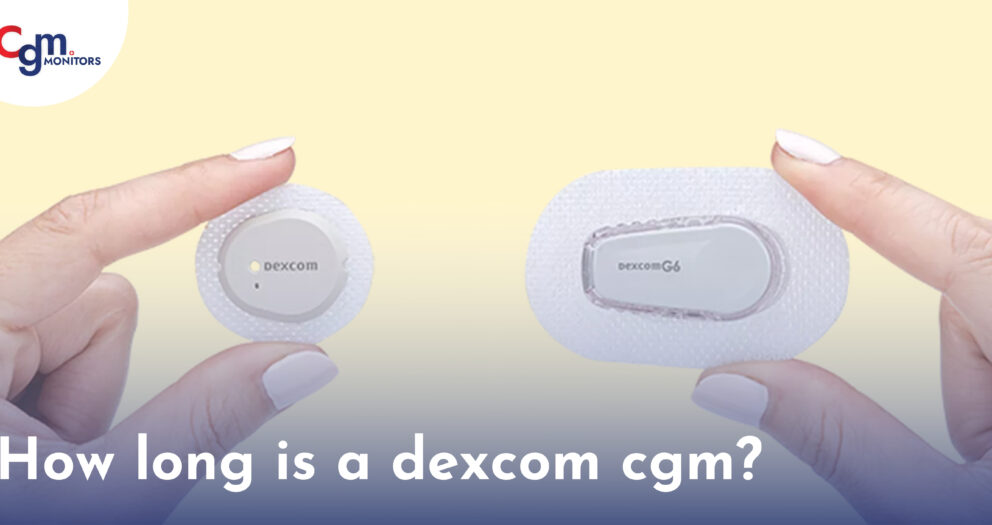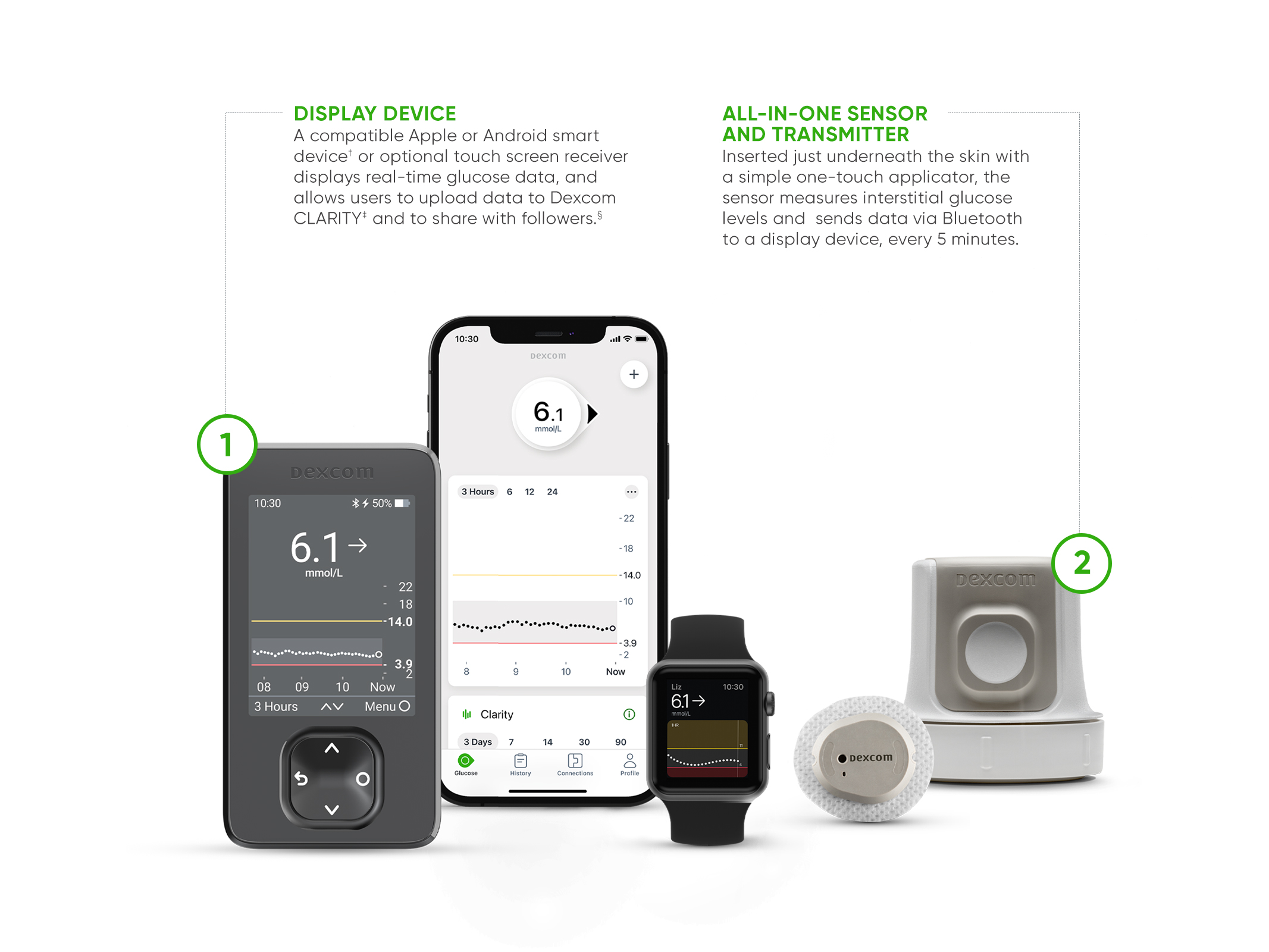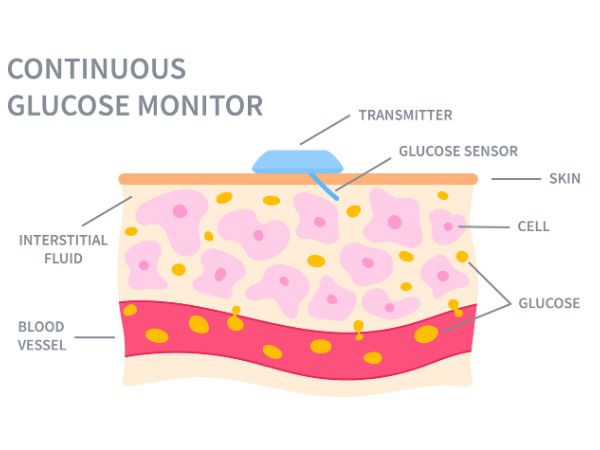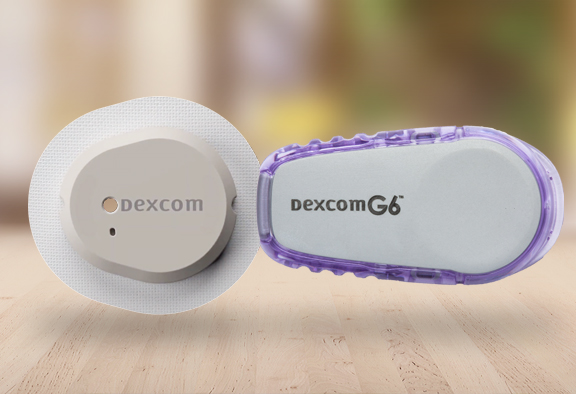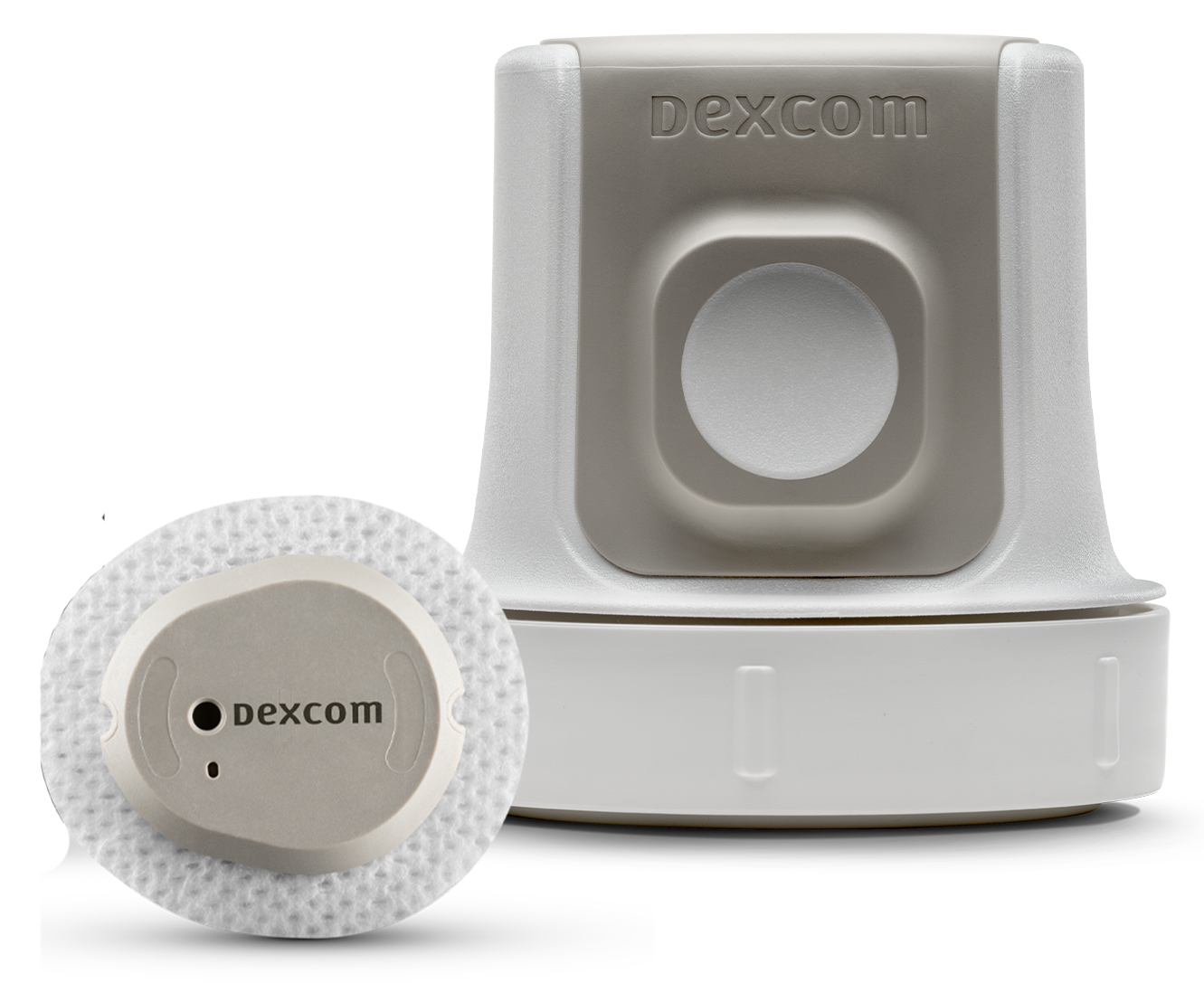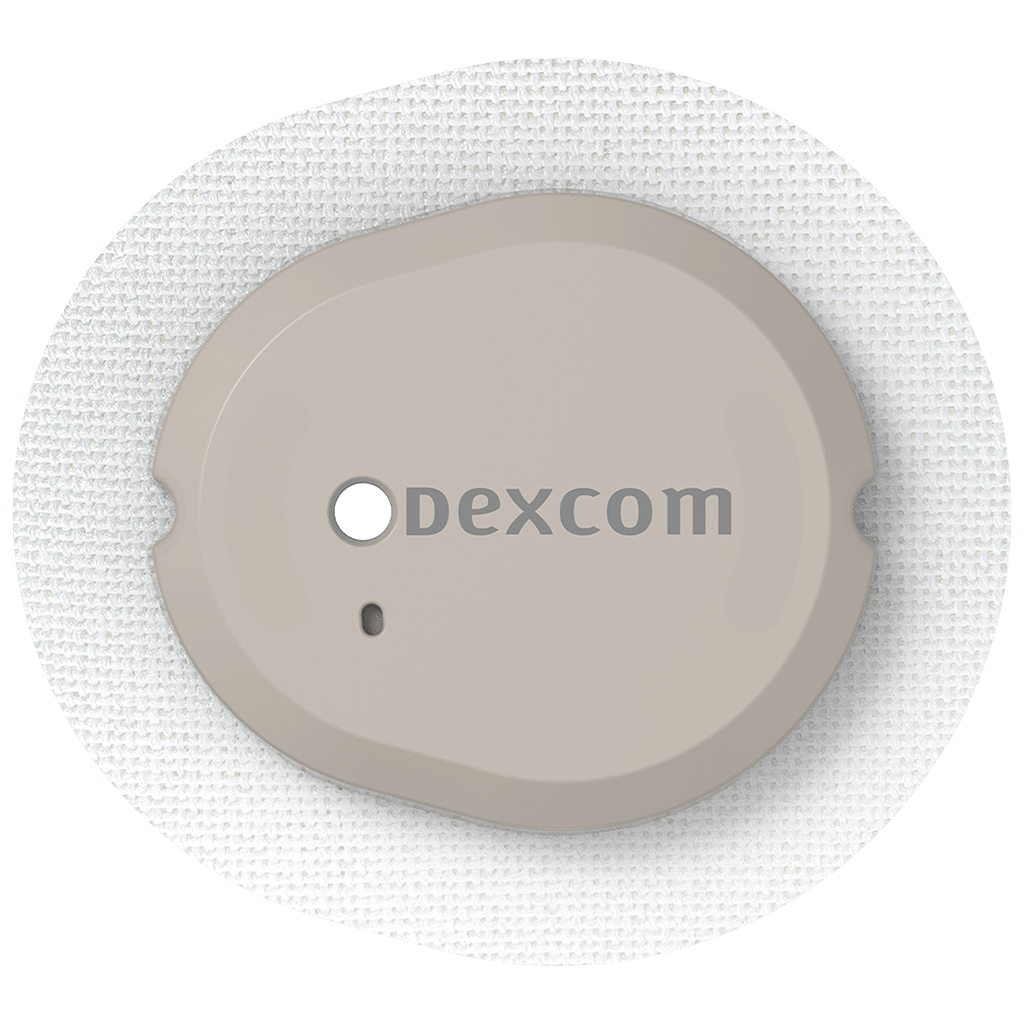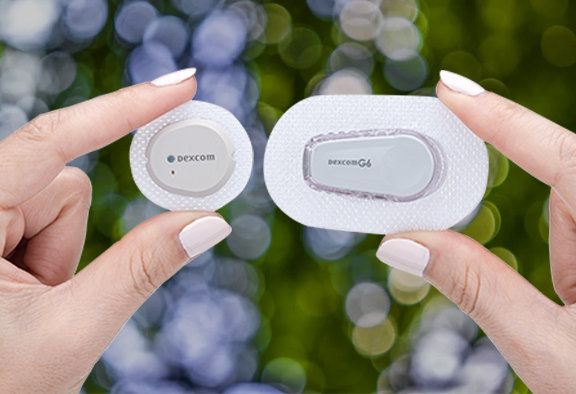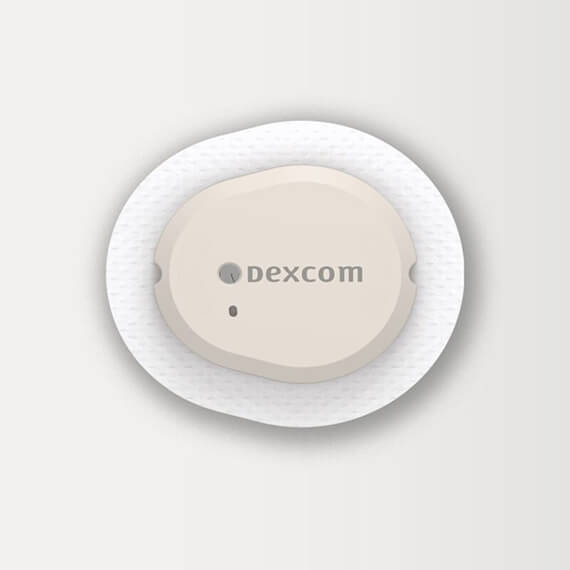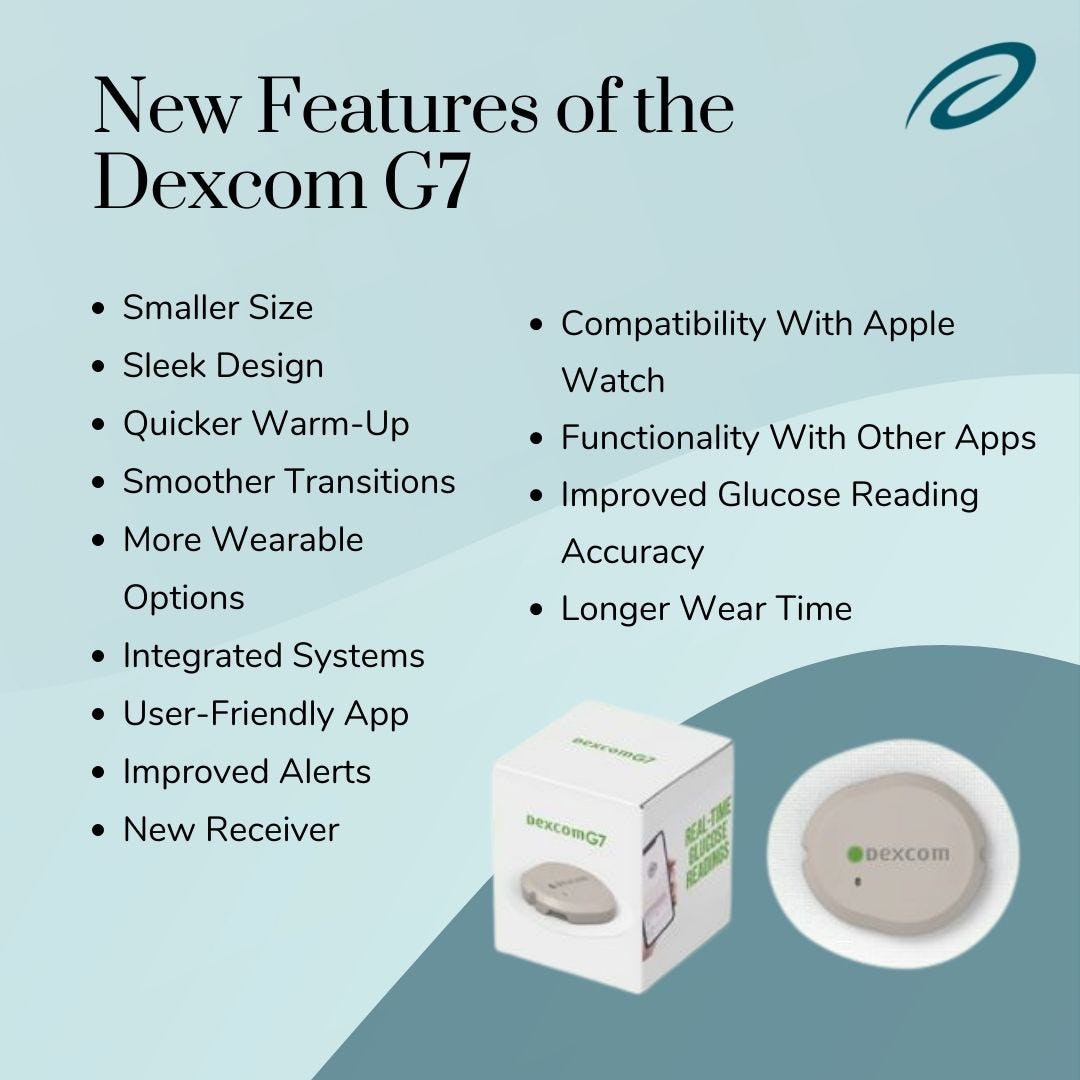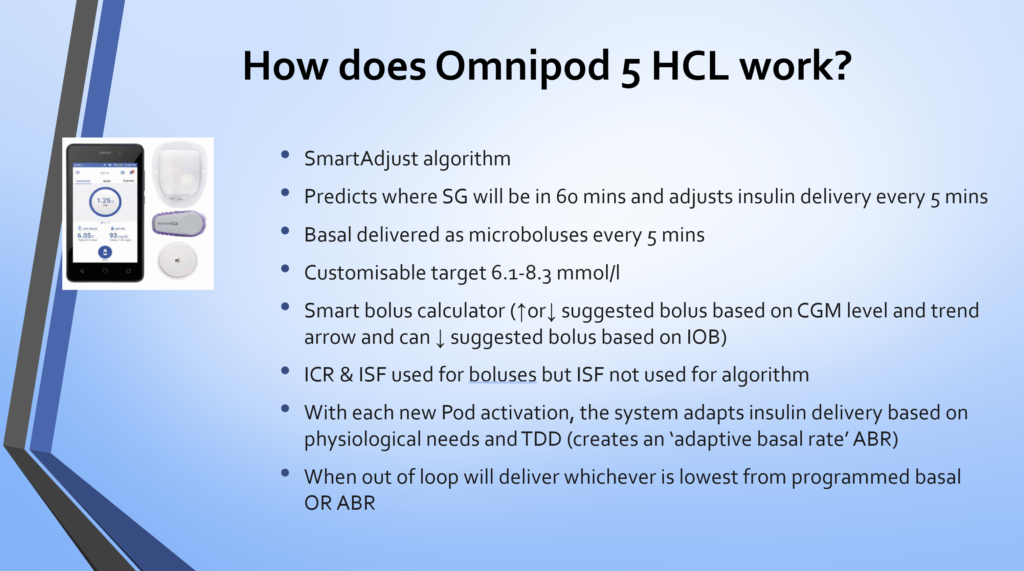How Long Do G7 Sensors Last
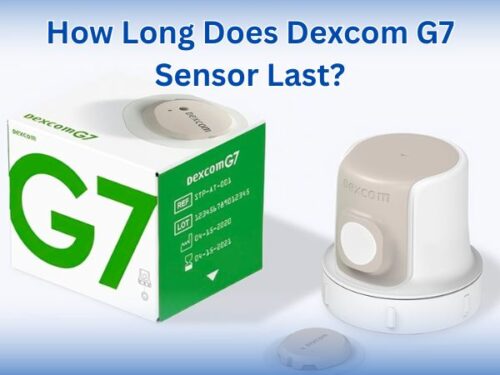
The promise of real-time environmental monitoring hinges on the longevity of the sensors deployed. G7 sensors, instrumental in tracking critical parameters like air quality and water contamination, are facing increasing scrutiny regarding their operational lifespan. Premature failure not only disrupts data collection but also incurs significant replacement costs, impacting the overall efficiency and reliability of these crucial monitoring networks.
This article delves into the complexities surrounding the lifespan of G7 sensors. It explores the factors influencing their durability, investigates current performance data, and examines strategies to extend their operational effectiveness. Understanding these aspects is crucial for optimizing resource allocation and ensuring the long-term viability of environmental monitoring programs reliant on G7 technology.
Factors Influencing G7 Sensor Lifespan
Several interconnected factors dictate the lifespan of G7 sensors. These include the sensor's design and materials, the environmental conditions it's exposed to, and the maintenance protocols followed.
Design and Materials
The inherent quality of a G7 sensor significantly impacts its longevity. Sensors constructed with robust, corrosion-resistant materials are better equipped to withstand harsh environmental conditions.
Furthermore, the sensor's design plays a crucial role. A well-designed sensor will minimize exposure of sensitive components to environmental stressors, thereby extending its operational life.
Environmental Conditions
Exposure to extreme temperatures, humidity, and pollutants can drastically shorten a G7 sensor's lifespan. Constant exposure to corrosive substances, like salt spray in coastal areas, can accelerate degradation.
Similarly, prolonged exposure to intense sunlight can damage sensitive electronic components. The specific environmental conditions at a deployment site, therefore, are paramount considerations.
Maintenance Protocols
Regular maintenance, including cleaning and calibration, is essential for maximizing the lifespan of G7 sensors. Neglecting maintenance can lead to inaccurate readings and premature failure.
Proper calibration ensures that the sensor provides accurate data over time, while regular cleaning prevents the build-up of contaminants that could damage the sensor's components.
Current Performance Data and Industry Standards
Pinpointing a definitive average lifespan for G7 sensors is challenging due to the diverse deployment environments and sensor types. However, industry experts and manufacturers provide indicative ranges.
Data from a 2022 report by the Environmental Sensor Consortium suggests that, under optimal conditions, some high-end G7 sensors can operate for 5-7 years before requiring replacement. However, this lifespan can be significantly shorter in harsh environments.
Several manufacturers offer warranties on their G7 sensors, typically ranging from 1 to 3 years. This warranty period often serves as a practical indicator of the manufacturer's confidence in the sensor's expected lifespan under normal operating conditions.
Extending G7 Sensor Lifespan: Strategies and Technologies
Several strategies and emerging technologies are being employed to extend the lifespan of G7 sensors. These range from improved sensor design to advanced data analytics.
Protective Coatings and Enclosures
Applying protective coatings and using robust enclosures can shield sensors from environmental stressors. These coatings protect the delicate internal components from damage.
Enclosures also provide a barrier against physical damage and prevent exposure to extreme temperatures and humidity, significantly extending the lifespan.
Remote Monitoring and Predictive Maintenance
Implementing remote monitoring systems allows for continuous tracking of sensor performance. Analyzing the collected data enables proactive identification of potential issues before they escalate into failures.
This predictive maintenance approach minimizes downtime and extends the operational life of the sensors by allowing for timely interventions and repairs.
Sensor Redundancy and Calibration Techniques
Deploying redundant sensors provides backup data in case of primary sensor failure. Redundancy ensures continued data collection, even when one sensor requires replacement.
Advanced calibration techniques can also enhance the accuracy and longevity of G7 sensors. Regular and precise calibration maintains data integrity and prevents inaccuracies, extending operational life.
The Economic Implications of Sensor Lifespan
The lifespan of G7 sensors has significant economic implications for environmental monitoring programs. Frequent sensor replacements can strain budgets and disrupt long-term data collection efforts.
Sensor replacement costs include the price of the new sensor, labor costs for installation, and potential downtime during the replacement process. The cumulative expenses can be substantial, especially for large-scale monitoring networks.
A focus on extending sensor lifespan through proper maintenance, protective measures, and advanced technologies can significantly reduce these costs. Investing in high-quality sensors with proven durability, despite the higher upfront cost, can be more economical in the long run.
Future Trends and Innovations
The field of sensor technology is constantly evolving, with ongoing research and development focused on improving sensor durability and longevity. Several promising trends are emerging.
The development of self-powered sensors, for example, eliminates the need for frequent battery replacements, reducing maintenance requirements and extending operational life. Advancements in nanomaterials are also leading to the creation of more robust and resilient sensors.
Furthermore, the integration of artificial intelligence and machine learning into sensor systems is enabling more sophisticated data analysis and predictive maintenance. These advancements promise to further extend the lifespan of G7 sensors and improve the efficiency of environmental monitoring.
In conclusion, the lifespan of G7 sensors is a complex issue influenced by a multitude of factors, from design and materials to environmental conditions and maintenance protocols. While pinpointing a definitive lifespan is difficult, understanding the factors that impact sensor durability allows for the implementation of strategies to extend their operational effectiveness. Continued innovation in sensor technology and data analysis will undoubtedly lead to even longer-lasting and more reliable environmental monitoring systems in the future, offering substantial economic and environmental benefits.
